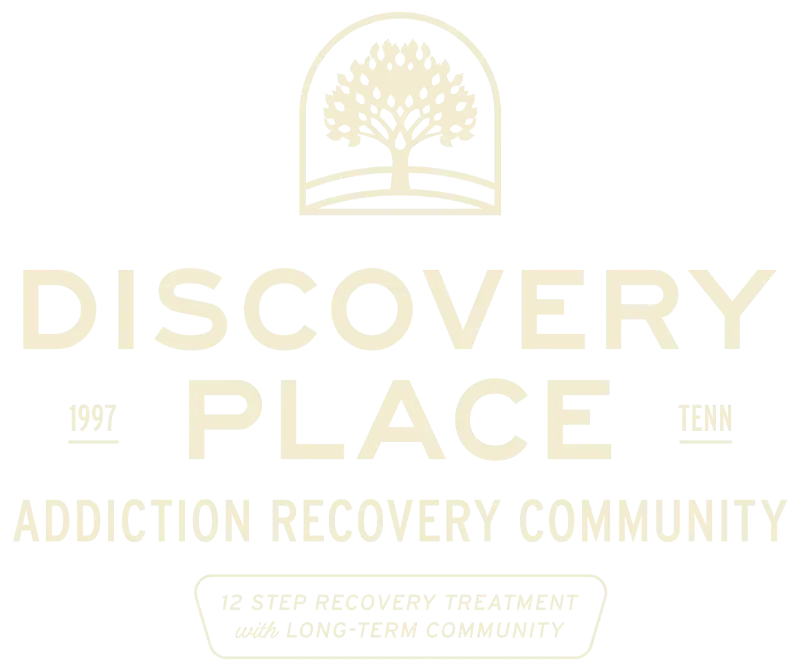If you have a loved one struggling with alcoholism or addiction, you may feel helpless, scared, or frustrated. Many families hope their loved one will decide to seek help on their own, but the reality is that addiction is complex, and waiting for someone to hit “rock bottom” can be dangerous. An intervention can provide the push that an addict or alcoholic needs to seek treatment before it’s too late.
Interventions are structured conversations designed to break through the denial of addiction and motivate a person to get the help they need. But how do interventions work, and why are they often so effective? Let’s explore the different types of interventions, their benefits, and how they can help your loved one start their journey to recovery.
Understanding Addiction and Denial
Addiction is a powerful force, and one of its most challenging aspects is denial. Denial is the internal voice that tells a person they don’t have a problem or that they can quit whenever they want. It prevents those struggling with addiction from seeing how their actions are impacting their health, relationships, and future.
For family members, watching a loved one refuse help can be incredibly painful. The addict’s rationalizations, broken promises, and unpredictable behavior often leave families feeling confused and desperate for a solution. Many families try to “help” by covering for their loved one or preventing consequences, but these actions can unintentionally enable the addiction to continue.
Interventions are designed to cut through the denial and stop the enabling. They help both the addict and their family see the reality of the situation and make the decision to change.
What Is an Intervention?
An intervention is a carefully planned process where family, friends, and sometimes a professional interventionist come together to confront a loved one about their substance use. The goal is to encourage them to accept treatment and begin the path to recovery. There are three main types of interventions: personal interventions, group interventions, and professional interventions.
1. Personal Intervention

A personal intervention involves a loved one or close friend confronting the addict privately. While well-intentioned, this type of intervention is often ineffective. Those struggling with addiction are often adept at manipulation, using denial, excuses, and emotional appeals to avoid facing the truth.
They might make promises they can’t keep or divert blame onto others. Although a personal intervention might not lead directly to treatment, it can help highlight the issue and start the conversation about getting help.
2. Group Intervention

A group intervention involves multiple family members and friends confronting the addict together. This approach can be more effective than a personal intervention because it shows the addict that their actions are affecting many people. However, without professional guidance, group interventions can backfire.
Confronting an addict without a clear plan may lead to heightened resistance or further manipulative behavior. The addict may use emotional blackmail, make false promises, or even threaten to cut off communication to avoid treatment.
3. Professional Intervention

A professional intervention is often the most effective way to help a loved one accept treatment. A trained interventionist leads the process, using proven methods to encourage the individual to seek help. Professional interventions have a success rate of around 90%, making them significantly more effective than personal or group interventions alone.
The interventionist works with the family in advance, helping them understand the nature of addiction, enabling behaviors, and the importance of setting firm boundaries. By guiding the family through the process, the professional helps ensure that the intervention is non-confrontational and focuses on love, support, and the need for treatment.
How Does a Professional Intervention Work?
A professional intervention follows a structured process that includes:
- Pre-Intervention Meetings: The interventionist meets with family members to discuss the addiction, educate them about effective communication, and prepare everyone for their role during the intervention.
- Setting Boundaries: Families are often too close to the situation to set effective boundaries. The interventionist helps loved ones establish and maintain healthy limits, which is essential for ending enabling behaviors.
- Planning the Treatment Path: Before the intervention takes place, arrangements are made for the addict to enter treatment immediately. From choosing the right treatment center to packing bags, everything is planned to prevent delays that could allow time for the addict to change their mind.
- Conducting the Intervention: During the intervention, family members express their concerns in a non-threatening manner, share the impact of the addiction on their lives, and present their loved one with a choice—accept help or face specific consequences.
Why Is an Intervention Effective?
Interventions are effective because they confront addiction head-on, using honesty, support, and clear boundaries. By involving loved ones and a trained professional, the person struggling with addiction is forced to face the impact of their behavior in a supportive yet firm way.
Perhaps the biggest benefit of a professional intervention is the shift in family dynamics. Addiction doesn’t just affect the addict—it affects the entire family. By working with an interventionist, families learn new ways to interact with their loved one, set boundaries, and support recovery instead of enabling addiction.
Even if the addict initially refuses treatment, these changes often encourage them to accept help once they realize that the family is serious about change.
The Goals of an Intervention
A successful intervention aims to:
- Empower the Family: Educate loved ones about addiction and enabling behaviors so they can take effective action.
- End Enabling Behaviors: Remove factors that contribute to the continuation of addiction.
- Establish Healthy Boundaries: Help family members set boundaries that protect their own well-being and support recovery.
- Unite the Family: Encourage family members to work together instead of acting independently.
- Change Family Dynamics: Create a healthier environment that reduces enabling and encourages recovery.
- Plan for Long-Term Recovery: Develop a plan for treatment and ongoing support to increase the chances of long-term sobriety.
- Provide Continued Support: Help family members keep their commitments and support their loved one throughout the recovery journey.
Breaking the Cycle of Addiction
Many families worry about the cost of a professional intervention, but it’s important to remember that addiction is fatal without intervention. The cycle of addiction can devastate families for generations until someone makes the choice to break it. Investing in an intervention and a recovery program is an investment in a new life for your loved one—a life free from addiction, filled with hope, and dedicated to healing.
Choosing the right intervention approach can mean the difference between prolonged suffering and a chance at a better future. If you’re ready to explore the facts and find the best option for your loved one, consider reaching out for professional help. A well-executed intervention can make all the difference in helping your loved one begin the path to recovery.
Finding Help for Your Loved One
If your loved one is struggling with alcoholism or addiction, it’s important to act before it’s too late. Interventions can be powerful tools for change, giving your loved one the chance to face their addiction and start fresh.
At Discovery Place, we understand the challenges families face when dealing with addiction, and we’re here to support you every step of the way. Call us now to learn more about how we can help or fill out our contact form and we’ll get back to you ASAP.



